Expanding Applications in Healthcare
The Thermal Imaging System Market is witnessing an expansion in applications within the healthcare sector. Thermal imaging technology is increasingly being adopted for non-invasive diagnostics, patient monitoring, and early detection of diseases. Its ability to detect variations in temperature can aid in identifying conditions such as inflammation, infections, and even tumors. The healthcare segment is projected to account for a substantial share of the thermal imaging market, with growth rates estimated at around 9% annually. This trend reflects the healthcare industry's ongoing efforts to enhance patient care and diagnostic accuracy, thereby driving the demand for thermal imaging systems.
Rising Awareness of Energy Efficiency
The Thermal Imaging System Market is significantly influenced by the growing awareness of energy efficiency and sustainability. Thermal imaging technology is increasingly utilized in energy audits and building inspections to identify heat loss and inefficiencies. This application is particularly relevant in the context of rising energy costs and stringent regulations aimed at reducing carbon footprints. Industries are leveraging thermal imaging to optimize energy consumption, leading to cost savings and improved operational efficiency. The market for thermal imaging in energy efficiency applications is anticipated to expand, with estimates suggesting a growth rate of around 7% annually as organizations seek to adopt more sustainable practices.
Growing Demand in Security and Surveillance
The Thermal Imaging System Market experiences a notable surge in demand driven by the increasing need for advanced security and surveillance solutions. As security threats evolve, organizations are investing in thermal imaging technology to enhance their surveillance capabilities. This technology provides clear visibility in low-light and obscured conditions, making it invaluable for law enforcement and military applications. According to recent estimates, the market for thermal imaging in security is projected to grow at a compound annual growth rate of approximately 8% over the next few years. This growth is indicative of the rising awareness regarding safety and security, prompting both public and private sectors to adopt thermal imaging systems as a proactive measure.
Technological Advancements in Thermal Imaging
Technological advancements play a pivotal role in shaping the Thermal Imaging System Market. Innovations such as improved sensor technology, enhanced image processing algorithms, and the integration of artificial intelligence are driving the development of more sophisticated thermal imaging systems. These advancements not only enhance image quality but also expand the range of applications, from predictive maintenance in industrial settings to advanced diagnostics in healthcare. The introduction of compact and cost-effective thermal cameras is also making this technology more accessible to various sectors. As a result, the market is expected to witness a significant increase in adoption rates, with projections indicating a potential market size exceeding USD 10 billion by 2026.
Increased Investment in Research and Development
Investment in research and development is a critical driver for the Thermal Imaging System Market. Companies are allocating substantial resources to innovate and enhance thermal imaging technologies, aiming to meet the diverse needs of various sectors. This investment is fostering the development of next-generation thermal cameras with improved resolution, sensitivity, and functionality. Furthermore, collaborations between technology firms and research institutions are accelerating the pace of innovation, leading to the introduction of novel applications in fields such as agriculture, automotive, and firefighting. As a result, the market is likely to see a continuous influx of advanced thermal imaging solutions, further propelling its growth.


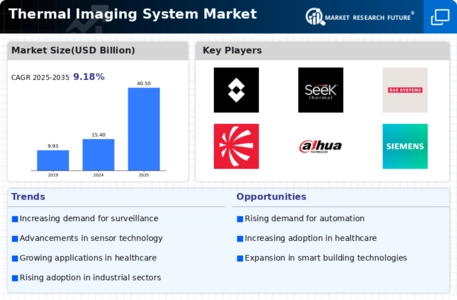
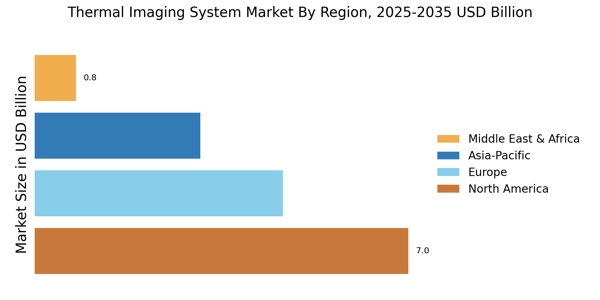

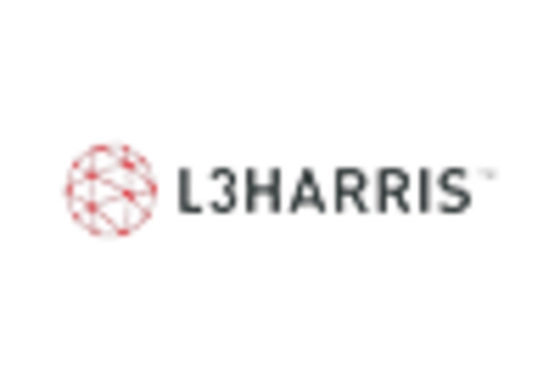
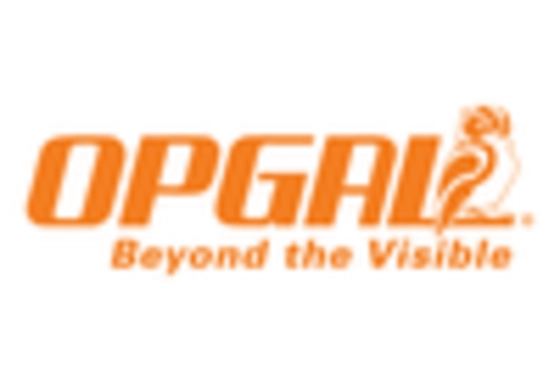

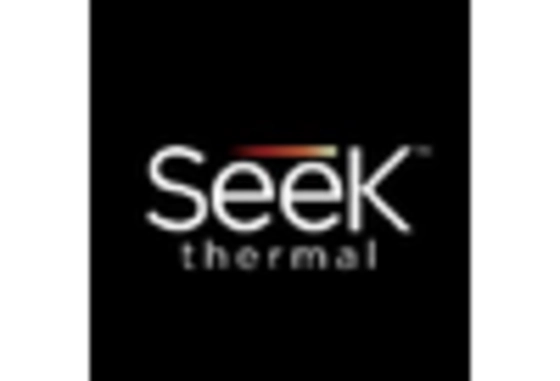
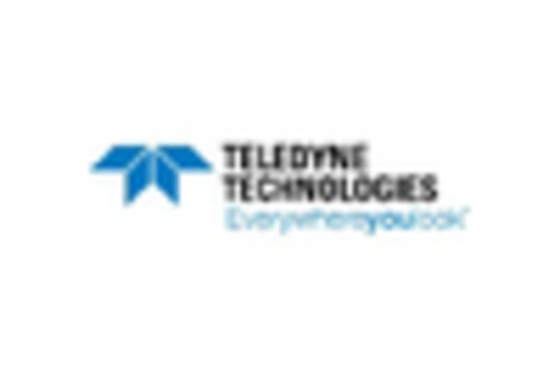








Leave a Comment